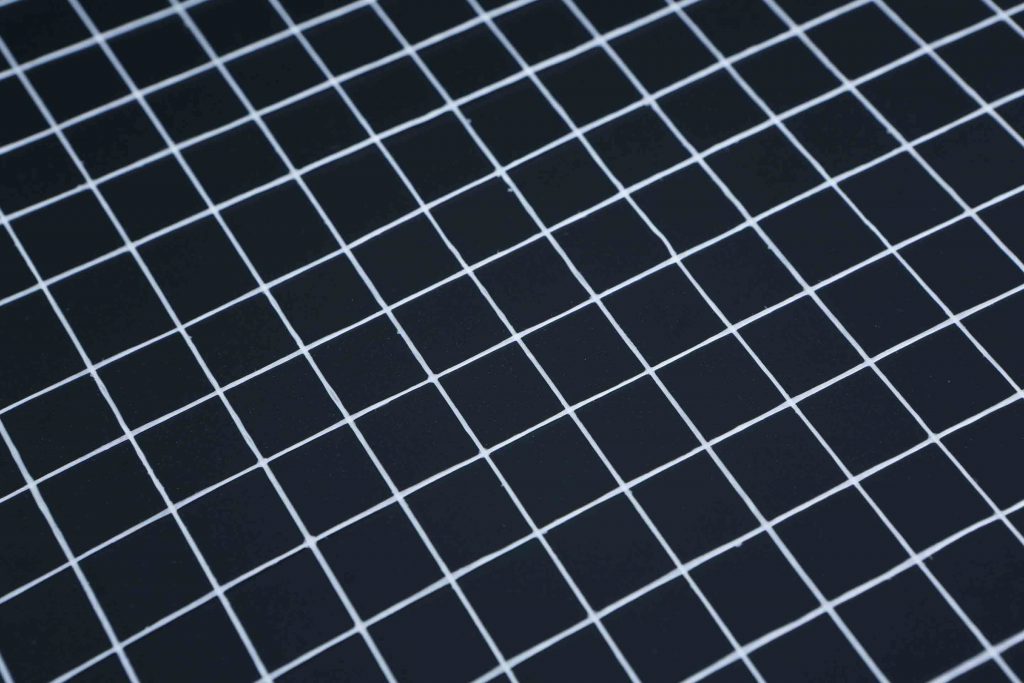
Roof waterproofing is essential for protecting buildings from water damage, leaks, and structural deterioration. Among the various materials used in waterproofing systems, fiberglass mesh has become a popular reinforcement component due to its strength, flexibility, and resistance to corrosion. This article explores how fiberglass mesh enhances roof waterproofing and provides real-world application examples.
What is Fiberglass Mesh?
Fiberglass mesh is a woven or non-woven fabric made from glass fibers, coated with alkali-resistant materials for durability. It is lightweight, tear-resistant, and provides excellent adhesion to waterproofing membranes, making it ideal for reinforcing roofing systems.
Benefits of Fiberglass Mesh in Roof Waterproofing
- High Tensile Strength – Prevents cracks from expanding in the waterproofing layer.
- Chemical Resistance – Withstands exposure to water, UV rays, and harsh weather conditions.
- Flexibility – Adapts to roof movements without breaking.
- Easy Installation – Can be embedded in liquid-applied membranes or used with self-adhesive sheets.
- Longevity – Extends the lifespan of waterproofing systems by preventing premature failure.
Application Methods
Fiberglass mesh is typically used in the following ways:
- Liquid Waterproofing Systems: Embedded in polymer-modified bitumen or acrylic coatings to reinforce the membrane.
- Self-Adhesive Membranes: Integrated into bituminous sheets for added strength.
- Crack Bridging: Applied over joints and weak points to prevent water infiltration.
Real-World Examples
Example 1: Flat Roof Reinforcement in Commercial Buildings
A shopping mall in Florida faced frequent leaks due to thermal expansion cracks in its flat roof. Contractors applied a polyurethane coating with fiberglass mesh reinforcement over the existing surface. The mesh distributed stress across the roof, preventing cracks from reopening. Five years later, the roof remains leak-free.
Example 2: Residential Tile Roof Underlayment
In Spain, a homeowner wanted to improve the waterproofing beneath their clay tiles. A bituminous membrane with fiberglass mesh was installed as an underlayment. The mesh provided extra support against punctures from tile movement, ensuring long-term protection.
Example 3: Green Roof Waterproofing
A rooftop garden in Germany required a durable waterproofing solution to handle root penetration and moisture. A root-resistant membrane reinforced with heavy-duty fiberglass mesh was installed, successfully preventing leaks while supporting plant growth.
Conclusion
Fiberglass mesh is a versatile and effective reinforcement material for roof waterproofing. Its ability to strengthen membranes, resist environmental stress, and prolong waterproofing performance makes it a valuable choice for both residential and commercial projects. By incorporating fiberglass mesh, builders and homeowners can achieve a more durable and reliable roofing system.
Would you like recommendations on specific brands or installation techniques? Let me know how I can assist further!
